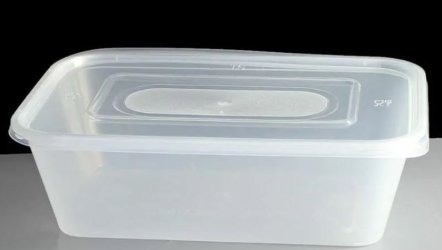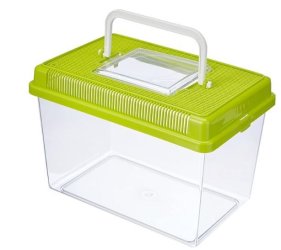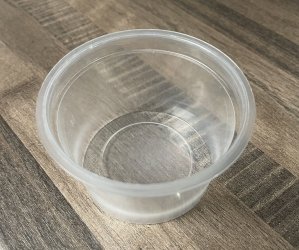If it's food safe, it's fish safe.
This is not a good assumption to make. Several years ago there were problems with food safe fish bags being toxic to fish. I know a person who lost a few $1,000 in fish and I lost, retail value, about $4,000 worth.
There were a number of SW keepers who were losing fish and a few of them were friends with a group of scientists who specialized in environmental research. So these keepers went to the scientists to ask for their help. The result was the scientists bought an assortment of bags for shipping fish. This included food grade bags. Then they bagged and boxed fish to simulate transport and opened them a day or two later.
Some of the fish were dead and within the week all of them had died. So the scientists began the job of trying to determine why. It turns out that the bags are made from an assortment if ingredients and manufacturers can choose from the assortment. Moreover, the bags would be almost impossible to separate or even open unless one of the bag ingredients is used as a "slip agent." This makes the bags "slippery" so the can be separated and opened with ease.
There is a choice of slip agents that can be chosen from bag ingredients. It turned out that it was the slip agent doing the harm. It was also able to leach into the bag water.
I was losing my plecos much faster than then shoretest reported time in a bag for the experiment. Plecos tend to "nom" onto the side of the bag and may mouth it as they would do in the wild. I emailed the head researcher on the paper published about the toxic bags. I asked him if the pleco behavior inside the bags could accelerate the speed of the harm. He kindly replied that he agreed with that idea in terms of the plecos.
Both my friend and I had bought our bags from the same source. But her disaster happened a couple of years before mine. When I finally figured out I was the victim of toxic bags, I called my friend and asked her where what supplier she had changed to after her disaster. It was Jehmco. I began buying from them and that developed into more than bags. They are suppliers of fishroom equipment in general.
I was quite surprised to have learned that food grade for people does not necessarily mean 100% safe for fish.
That said, I have been potting plants in traditional terracotta pots for many years. Since the pots tend to have at least a hole in the bottom of some as the way to let the pot drain when over-filled with water, I worried about substrate ferts leaching out into the water. So in some cases I used filter floss to line the bottom of the pot so the substrate would not come out. I do not use dirt in the pots, I use fine gravel.
Here is one paper on toxic bags. It is not the study I contacted in regards to my issues.
Hamlin, H.J., Marciano, K. and Downs, C.A., 2015. Migration of nonylphenol from food-grade plastic is toxic to the coral reef fish species Pseudochromis fridmani.
Chemosphere,
139, pp.223-228.
Abstract
Nonylphenol (NP) is a non-ionic surfactant used extensively in industrial applications, personal care products, and many plastics. We exposed marine orchid dottybacks (
Pseudochromis fridmani) for 48 h to either glass, Teflon, or two bags labeled as FDA food-grade polyethylene (PE1 and PE2) from different manufacturers. The PE2 bags leached high levels of NP into the contact water, which were taken up by the fish, and decreased short and long-term survival. Concentrations of NP that leached from the bags were consistent with 96 h LC50 values determined in this study, indicating NP is the likely toxic agent. Despite being similarly labeled, the NP concentrations that leached from the bags and the resultant toxicity to the fish varied dramatically between manufacturers. This study highlights that some plastics, labeled as food-safe, can be highly toxic to aquatic animals, and could pose a greater threat to humans than previously realized. This study also highlights risks for aquatic animals exposed to increasing quantities of plastic waste.
Paper here
https://www.sciencedirect.com/science/article/abs/pii/S0045653515006517
edited for typos and grammar. 




